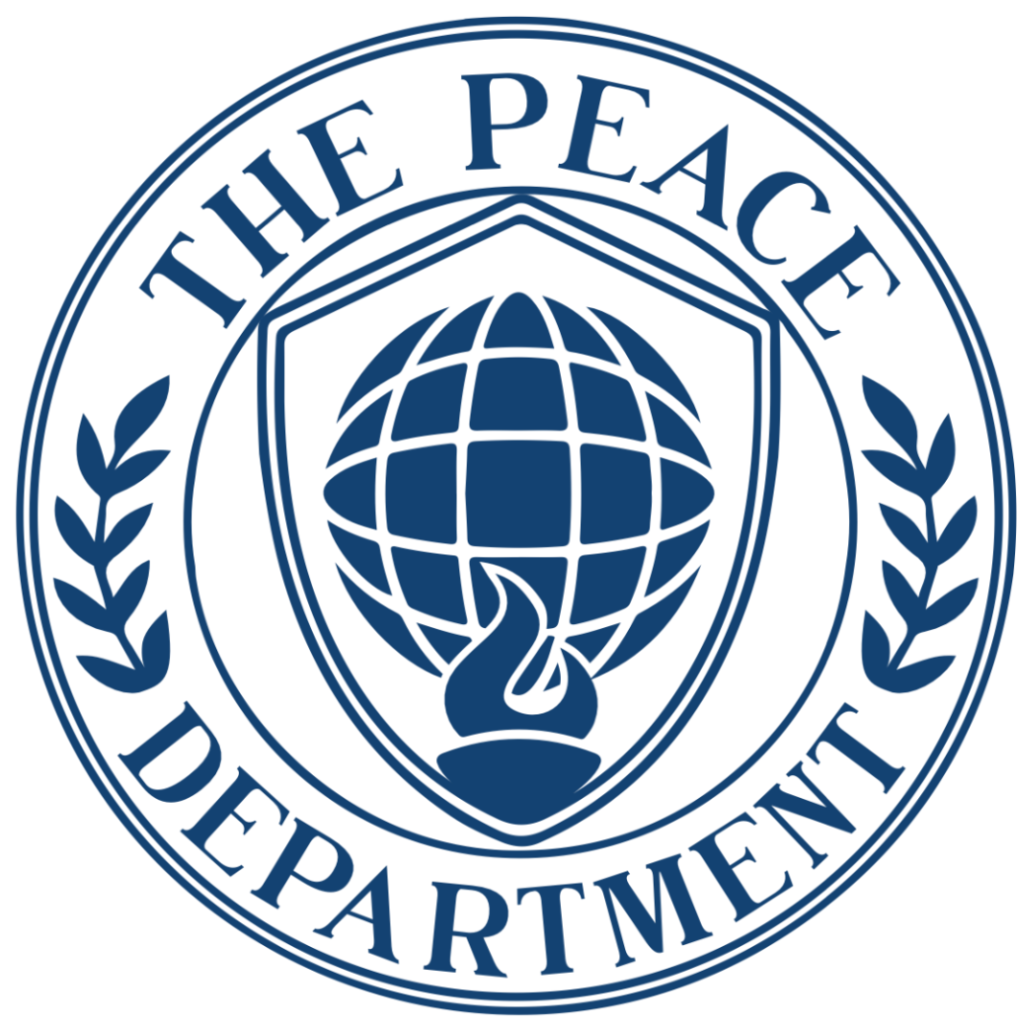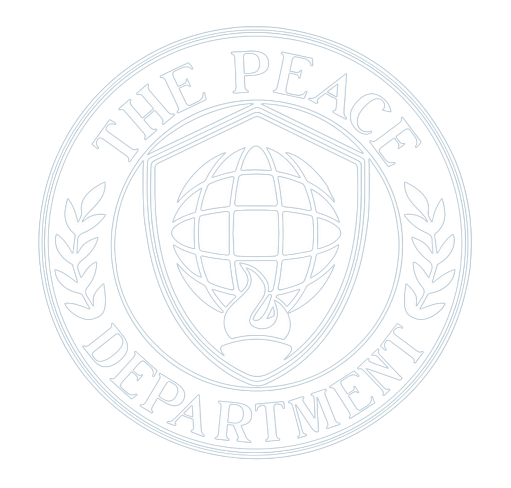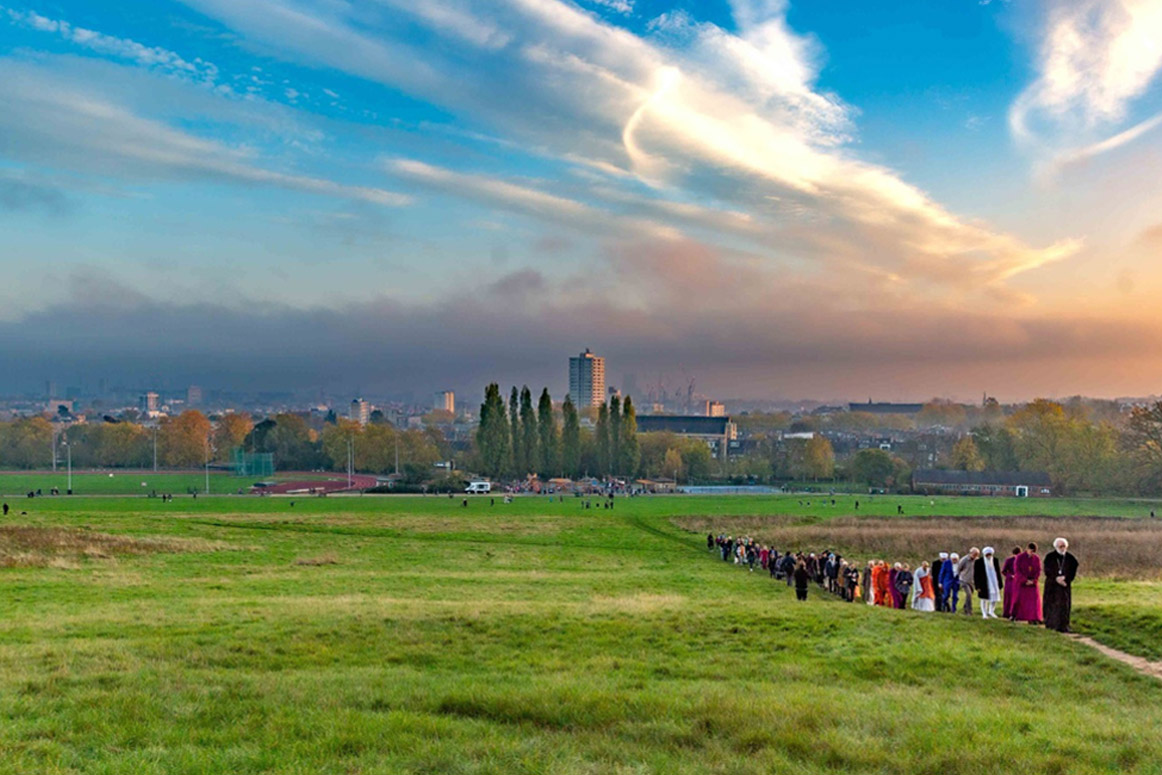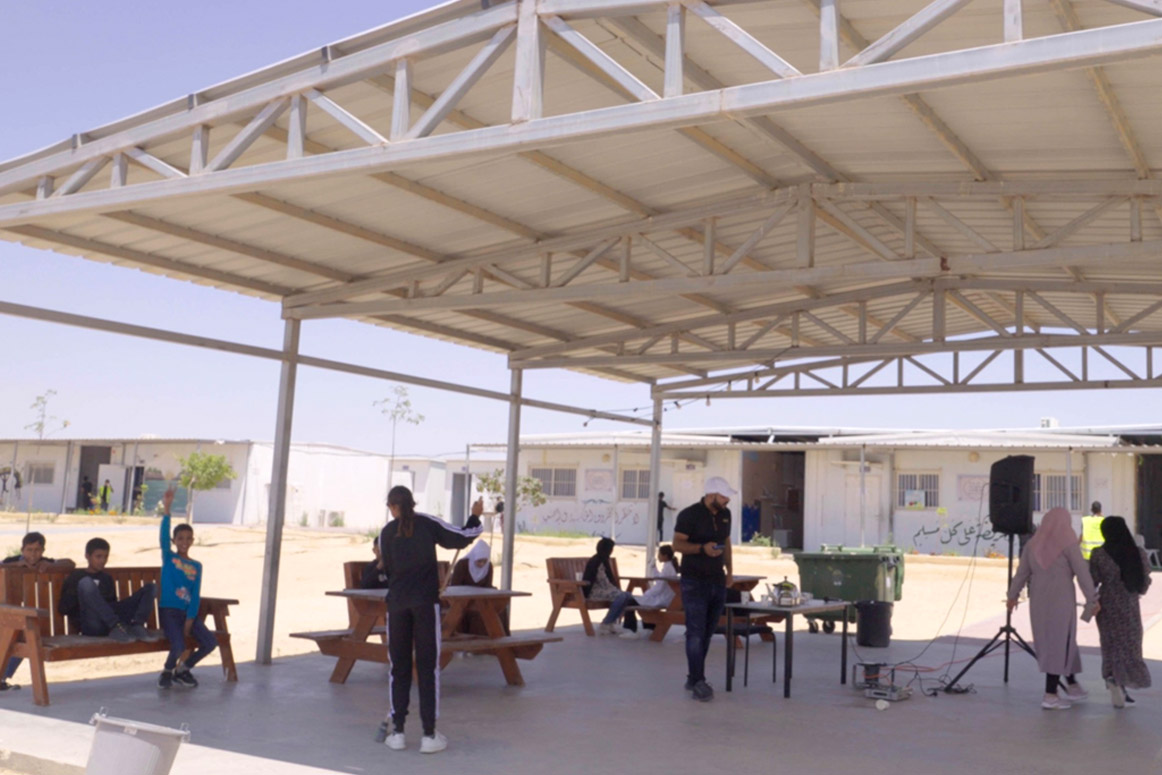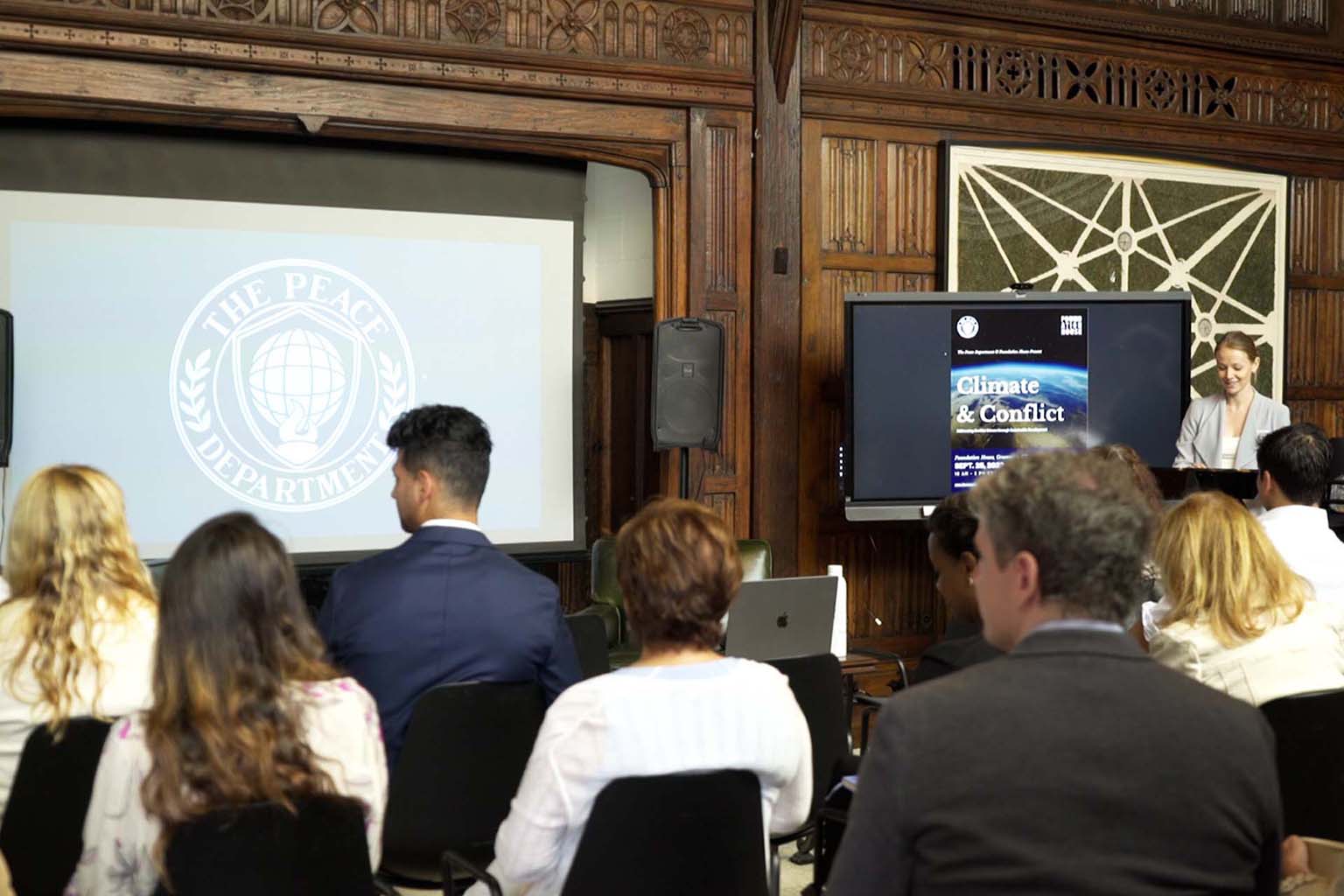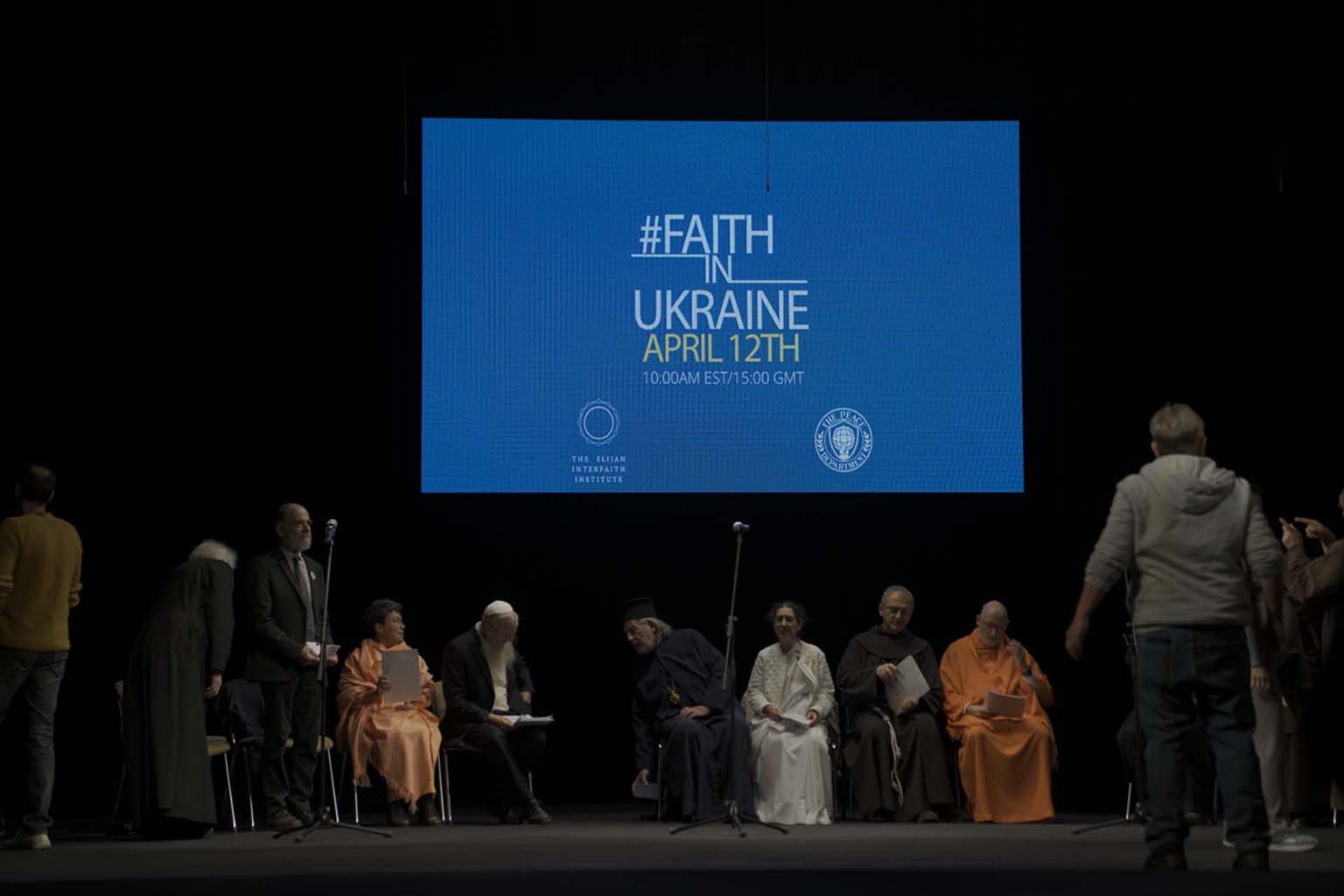The Department of Homeland Security was created in 2003, and since then the United States has spent an estimated $324 billion on the agencies which carry out immigration enforcement. The US budget for Border Patrol alone has increased from $263 million in 1990 to $4.7 billion in 2019. ICE spending has more than doubled over the last two decades, from $3.3B in 2003 to $7.6B in 2019, and. CBP’s budget has almost tripled over that same time period to a whopping $17.1B.
A lot of this expenditure has been for detention and holding facilities, which have lead to scandal after scandal and the resulting wastes of investigations and blame-throwing which distract from many of the other real issues facing this country. If we’re spending $25B a year or more on this issue, we should want to get results from our methodologies. And, it seems, that our spending does not have that much of an effect. While there have been certain downward trends in undocumented over the years, these do not seem to correlate particularly well with our increasingly well funded militant, and dare I say abusive, strategy.
The US methodology, it seems, it based on deterrence and punishment. There is no carrot and multiple sticks. If we want to reduce undocumented immigration because we believe it causes certain problems in our society (myths abound in this area, which can be addressed later), we should look at what our goal is – reducing the number of people crossing the border in what has become an increasingly high-risk game for those who come to the US. And, to do this, we must start with why – Why do people want to come to the United States?
The loyal patriot in me would love to believe that it is because our great society is a shining city on the hill, the land of opportunity in which anyone can make it, where justice and freedom reign supreme. But, looking at the reality – that many migrants return to their home countries seasonally or after a few years of work, I can’t make that argument. Yes, the United States is a land of bounty – but if people aren’t coming here because they want to live under the warm glow of our glorious institutions, if they’d rather go home when they’ve gotten what they came for – I can’t make that argument. The raw truth of the matter is that the majority of migrants are economic migrants seeking better opportunities – not because American opportunities offer freedom and security within our borders, but rather because the ability to create a viable livelihood is scarce at home. One does not leave their family, travel thousands of miles in poor conditions, risk falling into the hands of kidnappers and human traffickers, risk being killed or incarcerated at the border, and spend months or years living in fear of discovery from the authorities when they can support their family without leaving them. While many pioneers and travelers have left their homes throughout history in search of a better life, undocumented migrants should not be seen in the same light as wagon trains heading west for the gold rush – in many ways, their status is more that of refugees, seeking to create a modicum of financial stability and security for themselves and needing to flee their current conditions to do so.
Looking at the issue from this angle, the US response with walls and guards and drones looks something like trying to dam a stream – we pile obstructions in the way of people looking for a better life in the name of national security, standing steadfastly in the paths of people who may have nothing left to lose – and in so doing, violate the creed which adorns the base of that great representative of our nation, the Statue of Liberty, and creating a humanitarian crisis in the process. Perhaps instead, it is time to look at another path forward – one which stops the flow at it’s source, rather than trying to block the stream.
The graduation approach to targeting extreme poverty, developed by BRAC and field tested by, among others, the Ford Foundation and CGAP, has shown incredible effectiveness in lifting the most vulnerable populations of people out of poverty in a short period of time. The approach, which uses a holistic strategy incorporating a series of smart interventions to bring people from vulnerable populations to a point where they can enter the local economy as productive members of society, has an effectiveness rate of upwards of 80% for groups which have been targeted in case studies. The most expensive of these case studies, done in Peru, targeted 800 families and cost under $2400 a year per family for three years to achieve the desired results – a total program cost of under $2 million to bring, with an average family in Peru being 5 people, 4000 people out of extreme poverty and into a place where they are able to support themselves where they are.
Now, let’s do some math. Undocumented immigration in the United States amounts to an estimated 70,000 or so migrants per year who slip through, and roughly 50,000 or so who are caught at the border. If these people all come from at-risk groups who deal with issues of extreme poverty, the total cost to help all of them at home is $288 million (assuming they are all heads-of-households so that each one represents a separate check to be cut for the graduation approach). That’s $96 million per year of investment into nations within the US sphere of influence to keep everyone where they are. We spend $25 billion a year at least struggling to maintain our borders, and Trump intends to spend $6 billion on his border wall. For the cost of a new wall, we could lift more than 2 million households, or close to 10 million people, out of destitution and into productive laborers for their own economies, preventing a continuing humanitarian crisis, reducing our own need for spending on detention facilities and border patrol, preventing the flare-ups of a hot-button issue from distracting us from more serious domestic problems and foreign policy actions. In this light, it’s good business and our moral obligation to provide the carrot of opportunity at home instead of merely the stick of a militarized force and area-denial systems to try to block those who seek a better life.
There is, however, another question – the question of whether or not we should be seeking to discourage people from coming to the United States undocumented. The numbers show that 40% of undocumented migrants to the United States, by household, have income at or above 200% of the poverty level in the United States. Only 28% live at our below the poverty level within the United States, based on income. This could be seen as an argument that they take American jobs, but the research shows a positive additive effect of this population on economic outcomes for our communities as a whole. And that resonates with me – someone who is willing to risk everything to seek a better life, at least by simple thought experiment, would seem to be someone who is willing to work hard to make it, who has the drive to get the dirty work done with a can-do attitude – quite frankly, the attitude that made America great to begin with. A culture of people who seek to create better lives for themselves and their families through the dignity of hard work is the very spirit which laid the foundation of this great nation – and something that should not be dismissed easily. If we solve this “problem,” we may in fact be hurting our own future as we appeal to nationalist and protectionist sentiments. Regardless of this, our obligation as a nation, as the de-facto leader of the free world, is to take the logical and moral path – to lift up the huddled masses, rather than holding them in contempt. If by doing so we retain some idealized semblance of national character and solve a divisive partisan issue, all the better – but we cannot continue to throw money into the mistreatment of those who seek to be free in the name of freedom and security.
